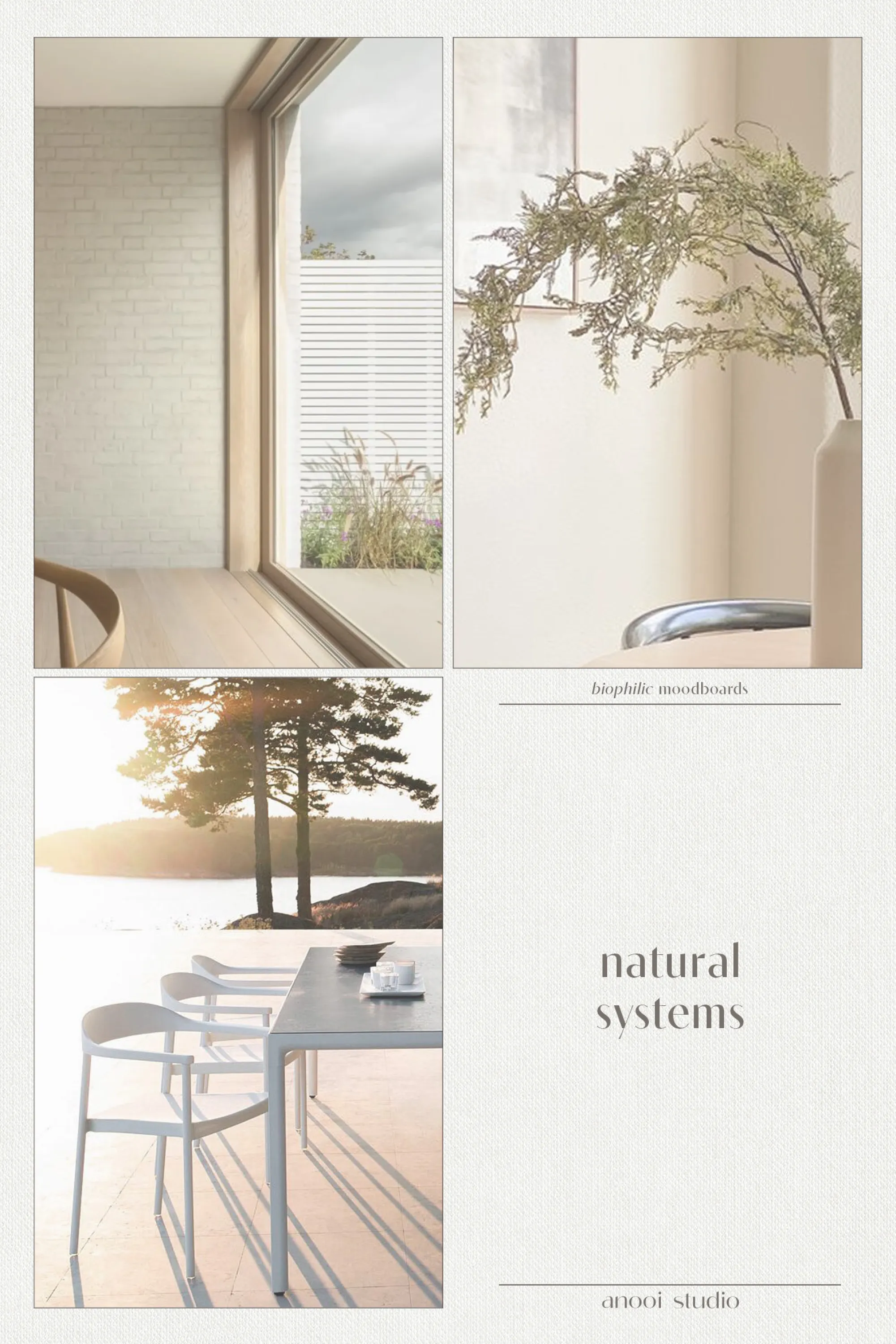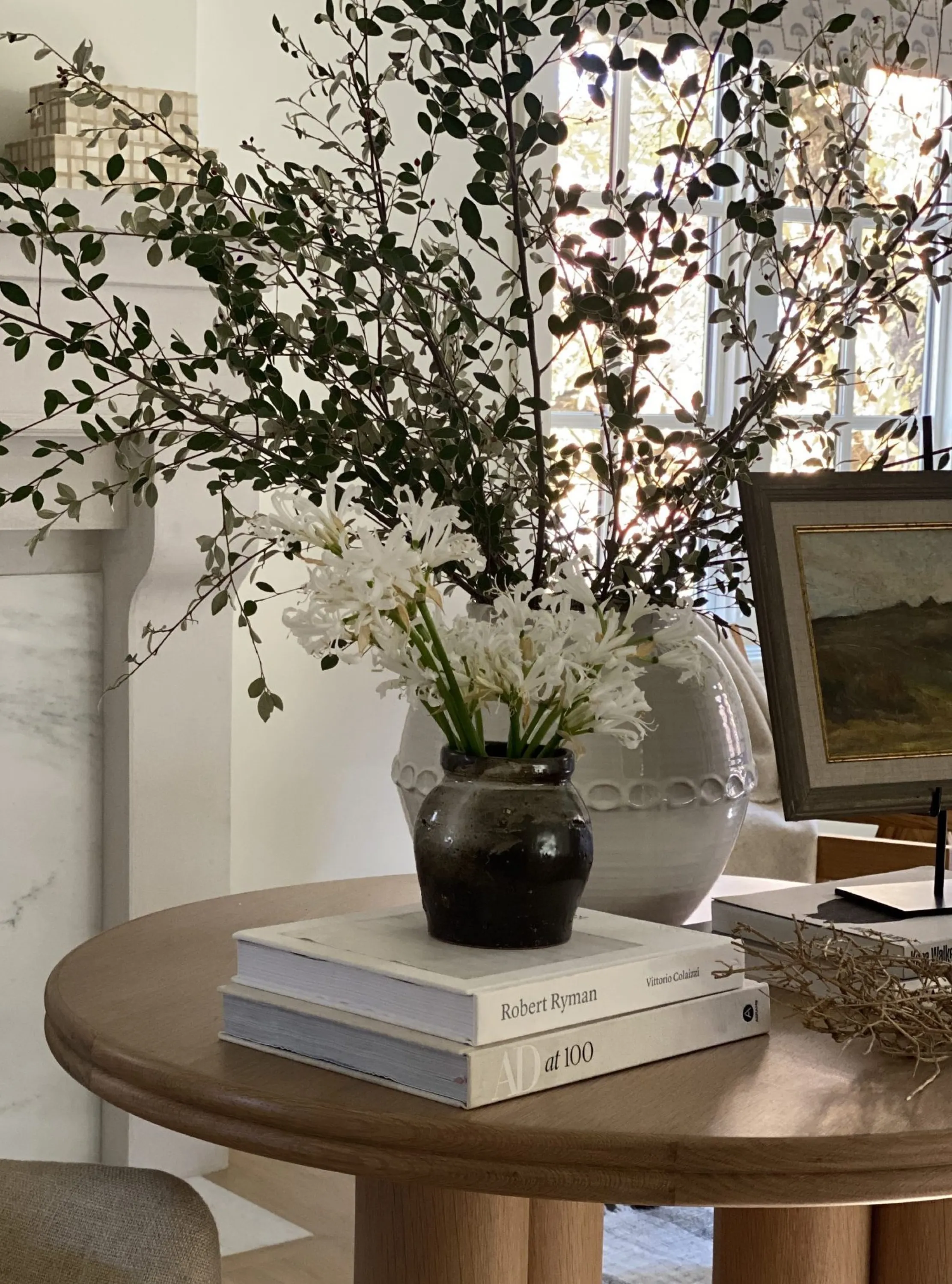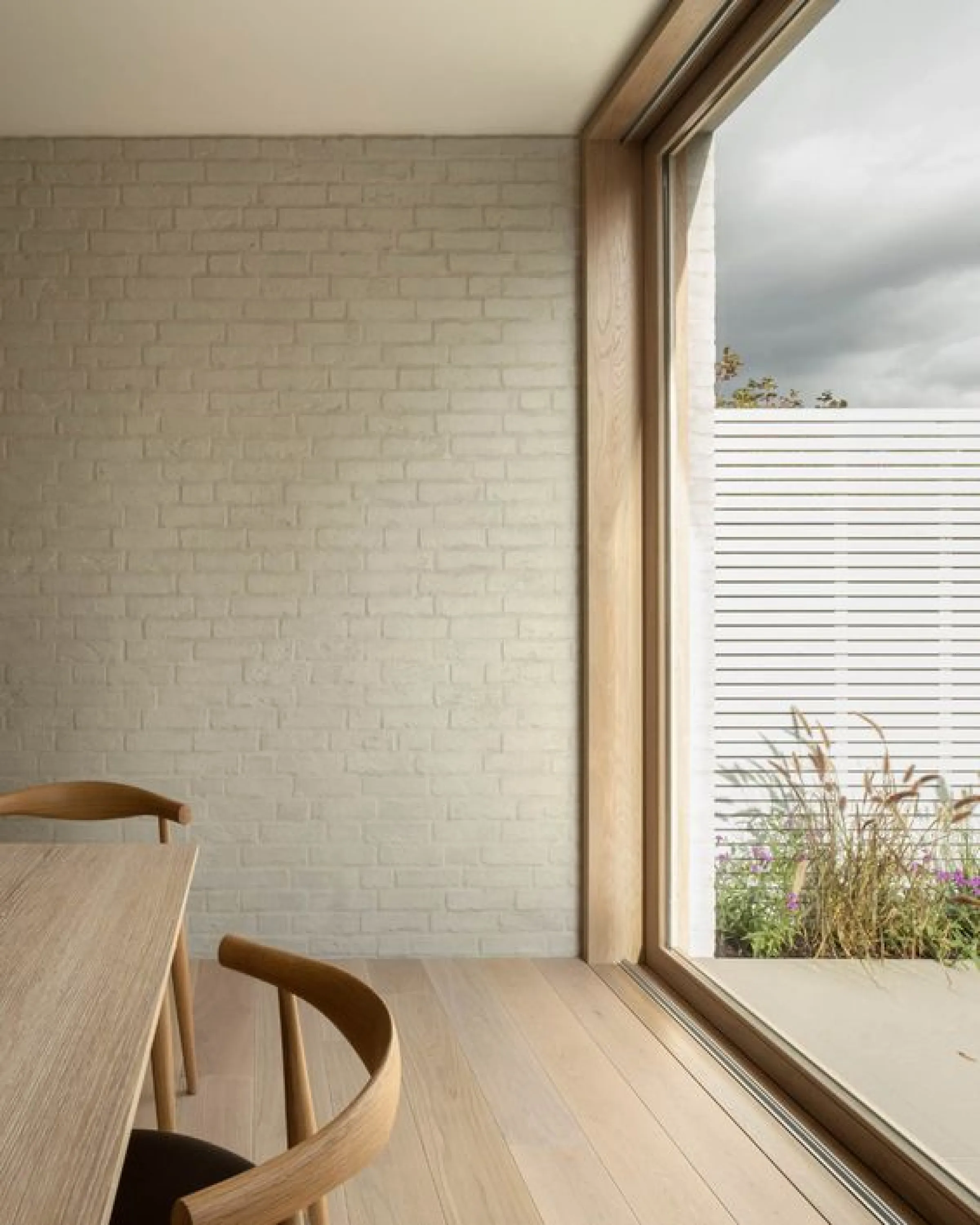Biophilic moodboards: connecting with natural systems
Feeling in tune with nature’s cycles and changes is an essential element of being connected to the natural world. Biophilic design facilitates this sense of closeness through spaces, exposing and connecting them to natural systems.
This episode of Biophilic Moodboards looks into the connection between designed spaces and nature’s systems…

About natural systems
Being connected to nature means – among the rest – noticing how the world evolves. Throughout the day and the year, the outside world changes in terms of light conditions, colours, weather… Besides, nature is characterized by processes and cycles that make it uniquely ordered in its complexity.
For early human beings, the observation of nature was the only way to be aware of the passing of time, from day to night and throughout the year. Today, looking at changes in nature remains a way to realize that we’re part of a bigger evolving whole, resulting in positive feelings of belonging and connection.
Seasonal changes
Every season has its specific features in nature, and mirroring them is a way to transition interiors and designed spaces across seasons.
One example comes from flower and greenery arrangements, that can follow the yearly flow embodying what each season means to the natural world.
Colours and materials can also be used to transition a space throughout the seasons: opting for more or less vibrant versions of the same colours, adding colour accents, using thicker or lighter textiles and other natural textures to recall the time of year.

Outdoor views
Outdoor views are not just worth it when they’re dazzling or picture-perfect.
Even a more regular view gives visual access to what’s happening outdoors, providing exposure to changing light, flowing weather conditions, seasonal patterns, movements, as well as all the other changes that constantly happen in nature.

Outdoor time
Spending more time outdoors is also essential to feel more in tune with daily and seasonal changes.
Design can help by crafting curated and intentional outdoor areas and indoor-outdoor spaces, that invite a fluid use of space.

Connecting with nature’s cycles is vital for mental and physical health. A biophilic approach to design creates the conditions for this connection to arise and strengthen over time, inviting people to observe, experience, and appreciate nature’s changes.
Further resources:
Available in the shop, anooi’s publications explore the nuances of a biophilic ethos, highlight anooi’s perspective on the topic, and cover the studio’s ongoing research in biophilic thinking and design.